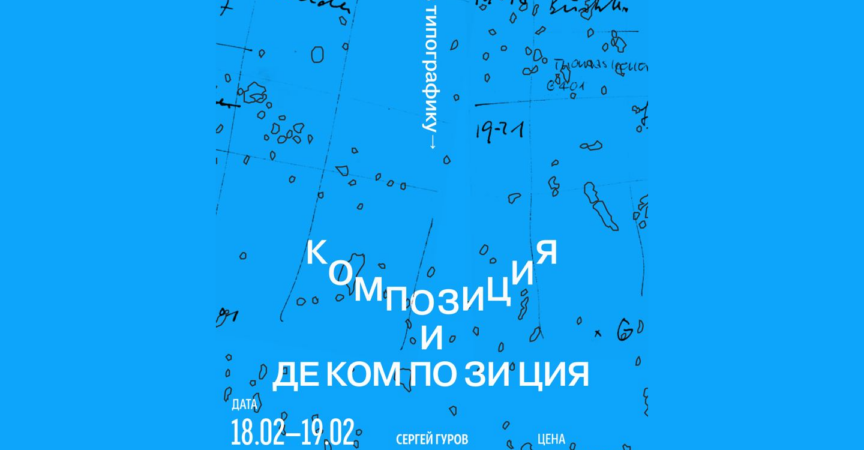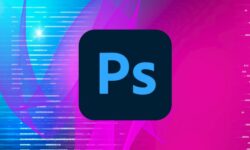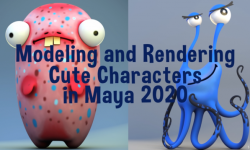Playing with Typography. Decomposition and Composition by Sergey Gurov (Игра в типографику. Декомпозиция и композиция – Russian, Eng sub)
Release date:2023
Duration:20 h 18 m
Author:Sergey Gurov
Skill level:Beginner
Language:Russian
Exercise files:Yes
Typography is indeed a vast and diverse field that offers endless possibilities for creative expression. Unlike other disciplines, typography doesn’t adhere to rigid rules but instead encourages designers to push boundaries and challenge conventions. This ability to experiment and break the rules is what defines the creative maturity and independence of a typographer.
When studying typography, it is important to focus on approaches rather than strict rules. By understanding the fundamental principles and coordinates of typography, designers can navigate through any practical landscape and find suitable approaches for specific tasks.
One valuable resource for studying typography is the book “Typography” by Emil Ruder, a Swiss typographer, designer, and teacher. In his book, Ruder explores the basic graphic elements such as point, line, and plane, and establishes a fundamental coordinate system that can be applied to analyze and understand nearly any graphic solution.
By delving into Ruder’s teachings and exploring the core principles of typography, designers can gain a solid foundation in this art form. They can learn to manipulate and arrange typographic elements in compelling ways, creating visually engaging and effective designs.
However, it’s important to remember that while studying established principles and learning from experienced typographers is valuable, it is also crucial to experiment and develop a personal style. Typography offers room for innovation and individual expression, allowing designers to find their own unique approaches and contribute to the evolving field of typography.





 Channel
Channel






gracias